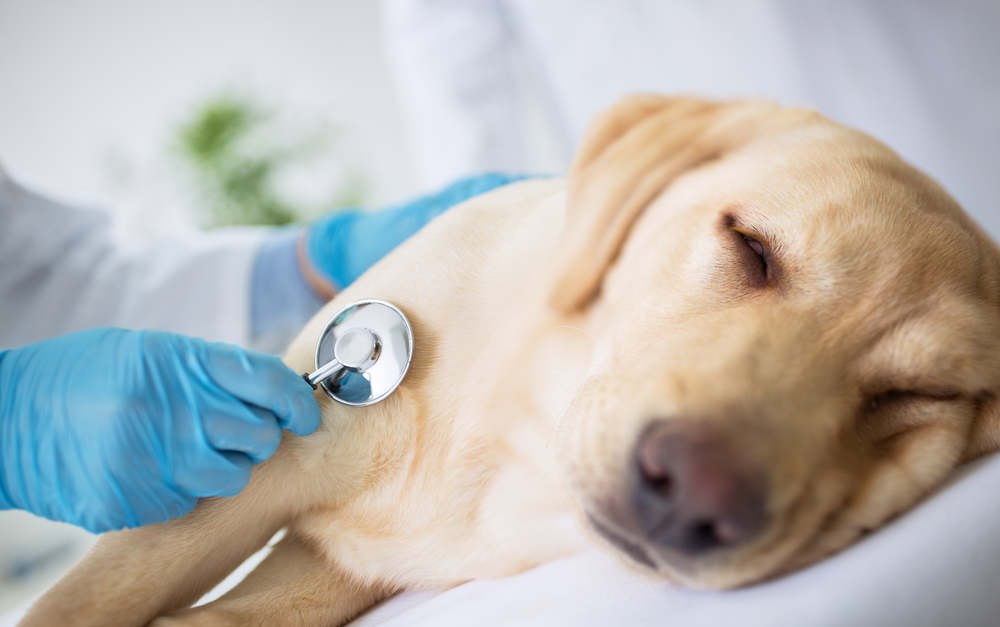1. Stay Calm & Assess the Situation
- Check your pet’s breathing, pulse, and consciousness.
- Look for bleeding, choking, seizures, or signs of pain (whining, trembling, hiding).
2. Common Emergencies & First Aid
Choking:
- If your pet is conscious but struggling to breathe, check the mouth for obstructions (use pliers/tweezers if safe).
- Perform a modified Heimlich maneuver (for dogs/cats).
Poisoning:
- Signs: Vomiting, drooling, seizures, lethargy.
- Act Fast: Call your vet or animal poison control (ASPCA Poison Control: 888-426-4435). Do NOT induce vomiting unless instructed.
Severe Bleeding:
- Apply pressure with a clean cloth/gauze.
- Elevate the wound if possible (unless it’s a fracture).
Heatstroke:
- Signs: Panting, drooling, bright red gums, collapse.
- Move to a cool area, wet with lukewarm (not cold) water, and fan gently. Offer small sips of water.
Seizures:
- Clear the area of objects. Do NOT restrain your pet.
- Time the seizure and call the vet immediately if it lasts >2 mins or recurs.
3. Transport Safely
- Stabilize injuries (muzzle if in pain to avoid bites, even for friendly pets).
- Use a flat surface (board, blanket) for suspected fractures/spinal injuries.
4. Emergency Vet Prep
- Call ahead if possible.
- Bring medical records, a sample of vomit/poison (if applicable), and note symptoms/timeline.
Prevention Tips:
- Keep toxins (foods, plants, chemicals) out of reach.
- Learn pet CPR (ask your vet for resources).
- Save emergency numbers in your phone.
When in Doubt, Call Your Vet or Emergency Clinic Immediately!
(Note: This is general advice. Always consult a veterinarian for pet-specific guidance.)
Would you like details on a specific emergency scenario?


Leave a Reply